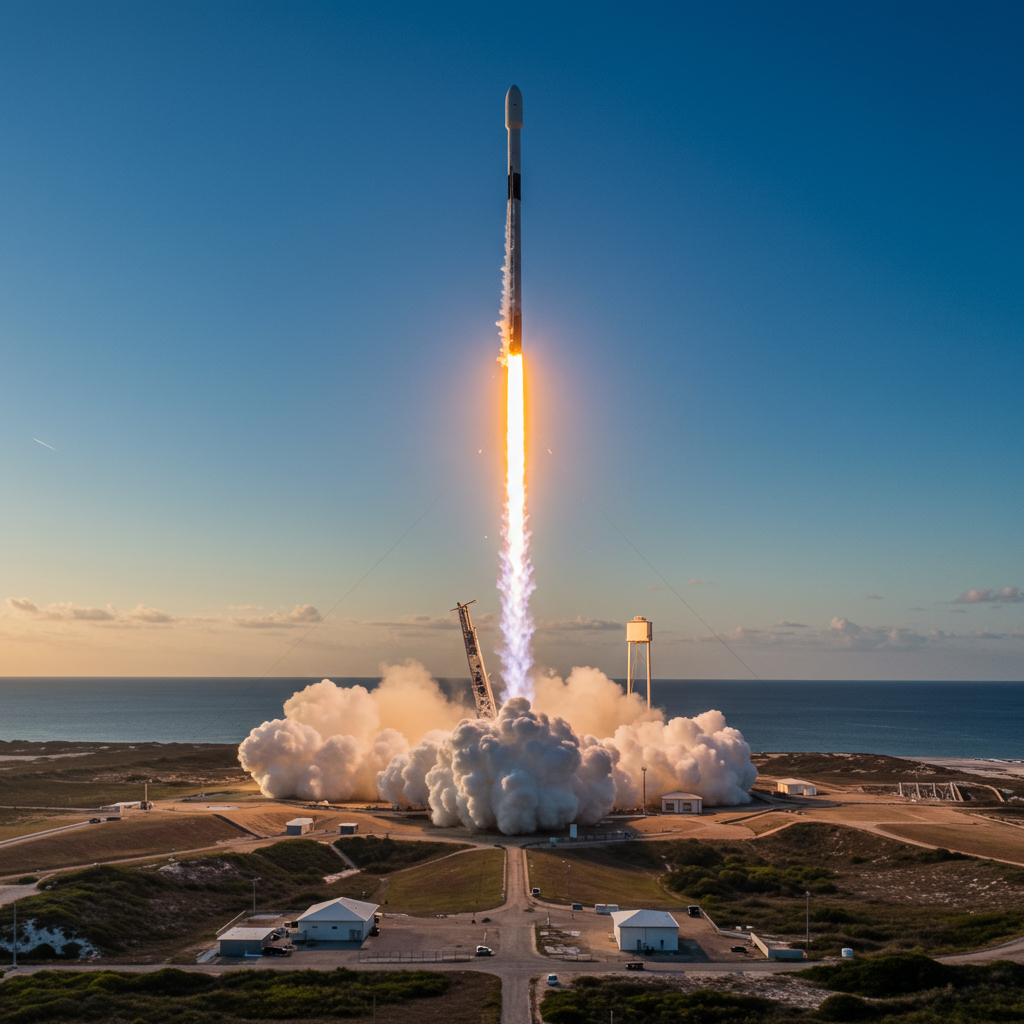NASA Orbiter Captures Images of Failed ispace Moon Landing
Critical photographic evidence has been released by NASA, showing the impact site of a Japanese company’s lunar lander that crashed on the Moon earlier this month. NASA’s powerful Lunar Reconnaissance Orbiter (LRO), circling the Moon, successfully captured detailed images of the area where the ispace Resilience lander met its unfortunate end.
The images were released by NASA on Friday, June 21, 2025, approximately two weeks after the attempted landing on June 5, 2025. The Lunar Reconnaissance Orbiter Camera (LROC) acquired the scene on June 11, providing scientists and the public with a stark visual record of the mission’s failure.
What the LRO Images Reveal
The photos clearly depict distinct markings on the lunar surface left by the impact. The most prominent feature is a dark smudge, marking the precise location where the Resilience lander and its accompanying Tenacious microrover crashed. Surrounding this dark area is a subtle, faint bright halo.
According to experts, including Mark Robinson, Principal Investigator for the LROC camera, these features offer clues about the impact mechanics. The dark smudge was formed as the vehicle excavated and redistributed shallow lunar soil, known as regolith, upon hitting the surface. The faint halo surrounding the smudge resulted from lower-angle regolith particles being scoured outwards across the delicate lunar surface by the force of the crash.
Location: Mare Frigoris’ Sea of Cold
The impact occurred in the northern lunar region known as Mare Frigoris, or the “Sea of Cold.” This area is characterized as a vast volcanic plain, formed over 3.5 billion years ago from massive basalt eruptions that flooded low-lying terrain. The specific target for the Resilience mission was located within the central part of this ancient, rugged region. NASA’s imaging later revealed the actual crash site was approximately 1.5 miles (2.4 kilometers) away from the specific landing spot ispace had targeted.
Context: ispace’s Second Lunar Setback
This failed landing attempt marks the second such setback for Tokyo-based company ispace in just two years. Their previous lunar lander mission also ended in a crash during its touchdown attempt in April 2023. The Resilience mission, which launched from Cape Canaveral in January 2025, aimed to be a significant step for private lunar exploration.
Adding to the mission’s lost payloads, the Tenacious microrover, developed by ispace’s European subsidiary, was destroyed in the crash. This small wheeled vehicle was notable for carrying a unique piece of artwork – Mikael Genberg’s “Moonhouse” replica – on its front bumper.
Ispace officials have announced plans to hold a news conference in the coming week to provide further details and explain the circumstances and factors that led to this latest mission failure. NASA’s critical photographic evidence from the LRO provides valuable documentation as investigations continue into what went wrong.




